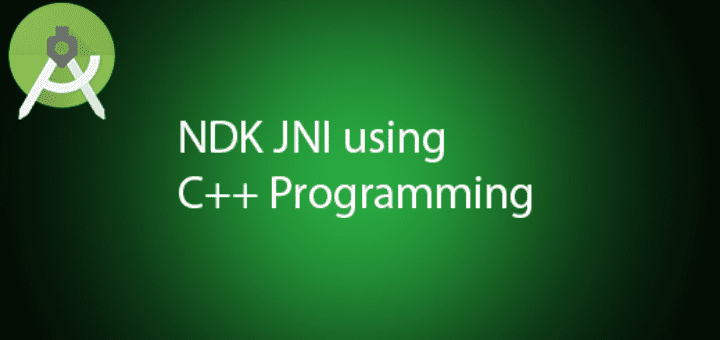


#ANDROID NDK OPENGL CODE#
Im trying to port existing C++ code to NDK, and it uses glu in a few places.
#ANDROID NDK OPENGL ANDROID#
We know that android devices are with different resolutions. I cant seem to include glu.h in my Android NDK project. nrz added a commit to nrz/ylikuutio that referenced this issue on Aug 7, 2017. DanAlbert added cmake invalid labels on Apr 18, 2017. This transformation adjusts the coordinates of the drawn objects according to the height/width ratio of the GlSurfaceView. DanAlbert closed this as completed on Apr 18, 2017.The projection matrix transforms from view space to clip space and the coordinates in the clip space are transformed to the normalized device coordinates (NDC) in the range (-1, -1, -1) to (1, 1, 1).The projection matrix describes the mapping from the 3D points of the scene to the 2D points of the clip.This transformation adjusts the coordinates of the drawn objects based on the camera view position. The view matrix transforms the world space into the view space.We need to create a directory which will host this toolchain, and the resulting libraries. The view matrix describes the position and orientation from which the screen is looked at. You can refer to the docs/STANDALONE-TOOLCHAIN.html document from the Google NDK, it has good information if you want more details.The model matrix transforms the vertex position of the object to world space.The model matrix defines the orientation, size, and position of the object in the scene.Mapping real-world coordinate to OpenGL coordinate system: Model Matrix

Apparently Java, ANativeWindow and EGL have different ideas as to how big the screen is. I'm finding that Android's behaviour with regards to setting the screen size is really, really bizarre. The Android SDK & NDK installed, along with a suitable IDE. You'll also need to put OpenGL into ortho mode, set the screen dimensions, and draw an appropriately-sized poly in the right place so that it fills the screen. Here, the output of the vertex shader will be the input of the fragment shader. I have an Android NDK-based application (which I didn't write) that uses OpenGL and EGL. For this first post in the Developing a Simple Game of Air Hockey Using C++ and OpenGL ES 2 for Android, iOS, and the Web series, we'll create a simple Android program that initializes OpenGL, then renders simple frames from native code. It is also worth mentioning that the Android SDK and NDK together allow you to write OpenGL ES-related code in both Java and C.


 0 kommentar(er)
0 kommentar(er)
